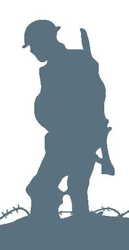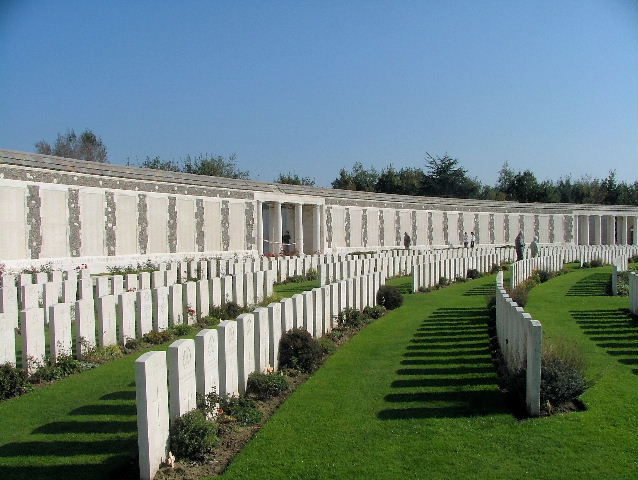Name
Harry Chapman
Conflict
First World War
Date of Death / Age
21/09/1917
26
Rank, Service Number & Service Details
Serjeant
C/14
King’s Royal Rifle Corps
18th Bn.
'A' Coy.
Awards: Service Medals/Honour Awards
1914 /15 Star, British War and Victory medals
Cemetery/Memorial: Name/Reference/Country
TYNE COT MEMORIAL
Panel 115 to 119 and 162A and 163A
Belgium
Headstone Inscription
NA
UK & Other Memorials
Croxley Green Village Memorial, Croxley Green,
All Saints' Church Shrine, Croxley Green,
John Dickinson & Co Memorial, Croxley Mill, Croxley Green,
Rickmansworth Urban District Memorial,
Not on the Watford memorials
Pre War
Harry was born in Croxley Green on 5 September 1890 and christened there on 5 October 1890. His parents, John and Mary Ann Chapman, lived at 331 New Road. Like his father and brother, Harry worked for Croxley Mill. In 1911 he was employed as a clerk. He had four siblings.
Recorded as born in Watford (but probably Croxley Green) and living in Croxley Green when he enlisted in Watford.
Wartime Service
Sergeant Harry Chapman was one of the Church Lads who joined the 16th KRRC at the outset of the war. He attested on 17 September 1914 in Watford.
He was wounded in January 1916 at Cuinchy by the same shell that killed John Victor Goodman, also one of the Croxley Church Lads. Both of his legs were fractured.
After recuperating in the Red Cross hospital at Hailsham near Eastbourne, Harry was allowed a week’s home leave in early June. He was sent back to France in October 1916. Harry was promoted to Lance Corporal in September 1916 and to Lance Sergeant in May 1917. He was killed in action during the Third Battle of Ypres at the battle of the Menin Road on 21st September 1917 in heavy shelling. At 9.30am the 41st Division attacked Tower Hamlets spur to gain part of their final objective not reached on the previous day. The quadrilateral, south of the Hamlets, which had checked the advance on the previous day still resisted. ‘A’ and ‘B’ Companies on the western edge of Tower Hamlets plateau were persistently sniped at from close range. The British artillery was also falling short in the morning and bombarding ‘A’ Company who lost a few men.
Acknowledgments
Malcolm Lennox, Tanya Britton, Brian Thomson Croxley Green in the First World War, Rickmansworth Historical Society 2014



